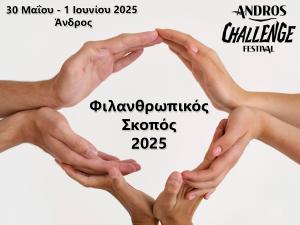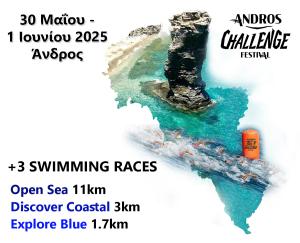29th PLOES: P. & M. Kydonieos Foundation 29.07 - 01.10 2023
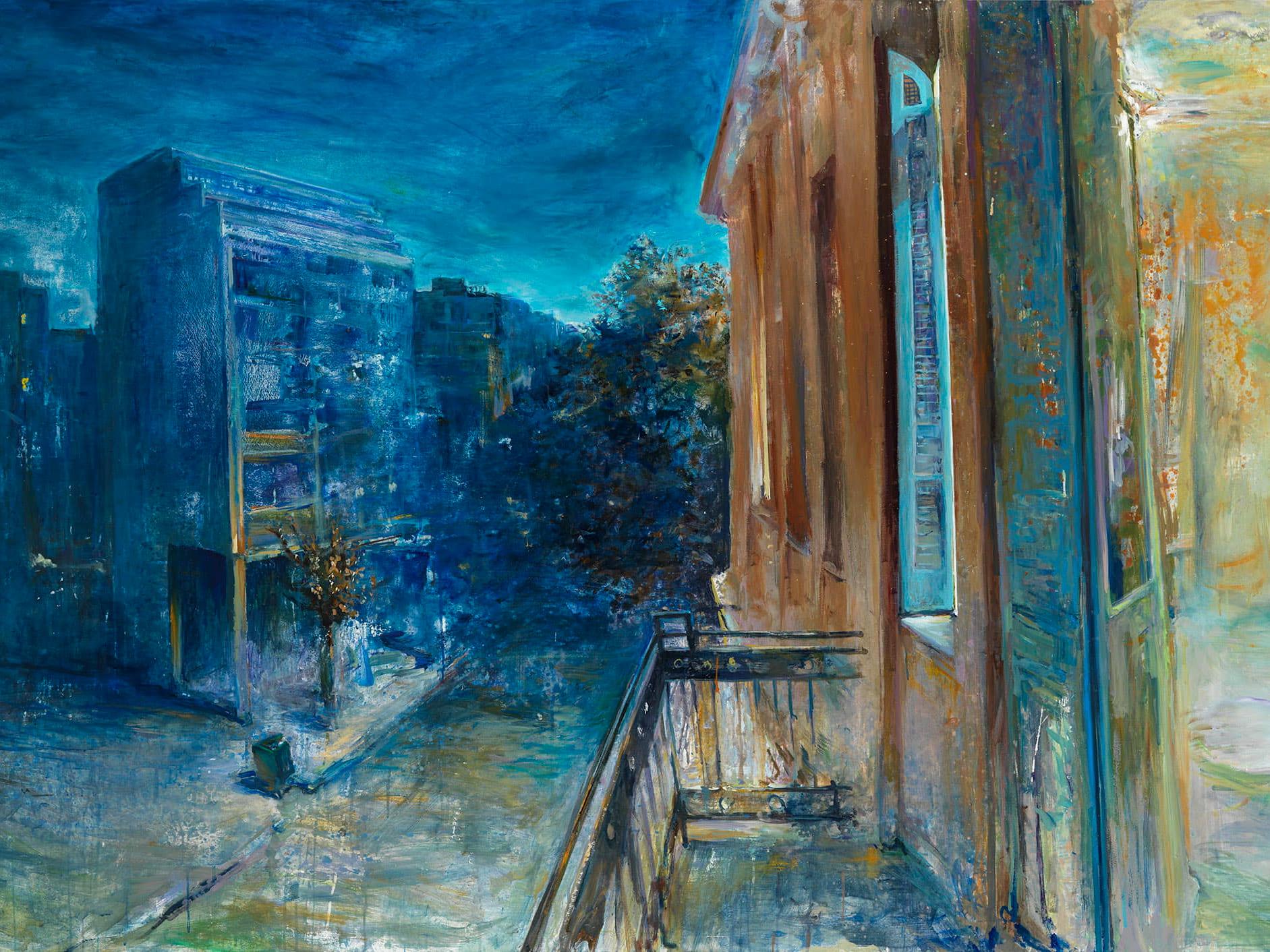
29th PLOES: "Anthropon Astea" at the P. & M. Kydonieos Foundation of Andros
This summer, for the 29th year, the art institution PLOES is hosted in Andros, with the subtitle "Anthropon Astea".
The title refers to the opening lines of Homer's Odyssey. Literally translating the specific title means "cities of humans". However, the deeper interpretation of these words and their correlation relates to the actions of humans and the imprints of all that they "build" or shape, at least when they reside in settlements.
Therefore, the term "Astea" does not simply refer to cities. It refers, in the collective memory, to the cultural ways in which people also shape their everyday lives, through what and from what they collectively create.

Their "buildings" capture the functioning of the collective unconscious. Furthermore, they reflect the relationships of the past in relation to the respective orientations of the present, as well as the relationships between individuals and their fellow human beings, and the ways in which they treat one another, highlighting the existential unity in relation, affinity, and often in contrast to the collective spirit. They also portray the diversities within a society, its introversion, extroversion, consents, inner contradictions, the common efforts of this "society," as well as its conflicting situations.
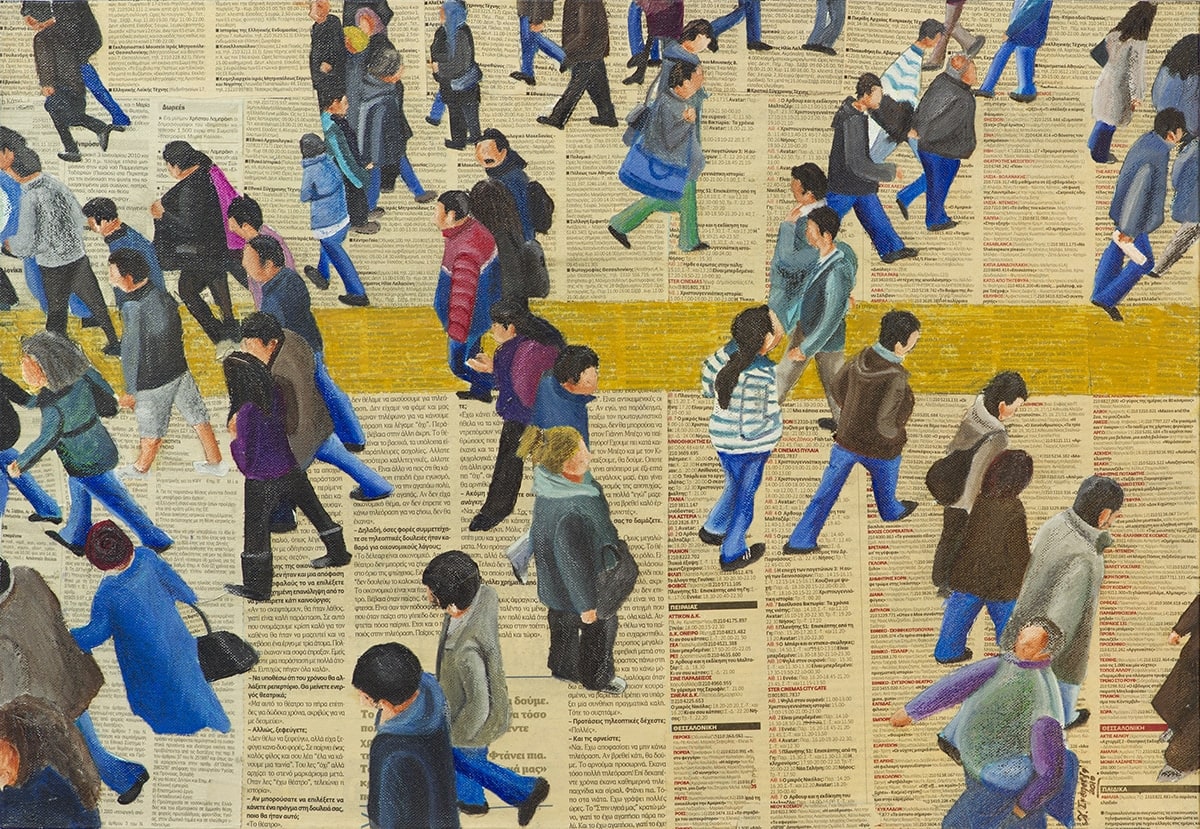
In their "actions" the relationship of people with the environment is reflected, as well as the cosmologies that have been formed or the ruptures and changes that have been constructed or have already intervened, regarding various ideologies. But primarily, what is reflected is the ways of thinking and beliefs of the people who coexist in a "city," as well as the choices through which they shape behaviors and culture, myths and narratives, socially "legitimate" and cohesive "transcendences," as well as beliefs about the treatment of their past and the ethos that characterizes their daily practices. These practices manifest in the way people perceive and reconcile, or bypass, both the enigmas and the impasses, as well as their coexisting contradictory "realities." One of the main characteristics in which the collective unconscious takes part (in terms of its formation) is the value hierarchy of a society, expressed through symbolism and allegory, focusing on the ethos and perceptions that characterize its multidimensional collective spirit, through the entirety of the people who comprise it.

After the two world wars of the last century, as well as the processes of globalization that we are experiencing today, along with the movements of many peoples, several components of our lives have changed drastically and abruptly. Individualization of responsibility dominates, which the realities in which we live impose upon us. To a great extent, we undergo - intentionally or unintentionally - the reproduction of caution, aggression, alienation, violence, and isolation, as well as the automatisms of high technology and the substitutes with which it commercially enslaves us, while concurrently noting that the social fabric has undergone various ruptures. At least, this transformation is taking place rapidly. And it is reasonable because every fabric possesses organicity.
The issue at hand is the criteria we prioritize and the qualitative characteristics we want to cultivate in order to restore our contacts and relationships with the community, based on modern foundations and with new perceptions, without alienating our memories and without willingly subjugating ourselves to uncontrolled automatisms, various "mediations," and utopias.
It is recognized that artists create works based on their experiences and the combinations of their individual consciousness, as well as their subconscious. However, memories and what is recorded in them, emerging from their collective unconscious, play a fundamental role. Artworks, of course, are not limited to the interpretations they receive over time, as they are multifaceted and multidimensional. And (most of them) are resilient over time.

For this year's exhibition, works were selected that include, among other things, reflections on the functioning of the collective unconscious, its resilience, and mutations. The aim is for the artworks, through their own language and aesthetics, to pose not secure solutions but rather questions, opening up avenues of thought and relevant contemplations for the viewer.
The exhibition includes, in a dialectical relationship (according to the arrangement), works of painting, sculpture, printmaking, and installations.
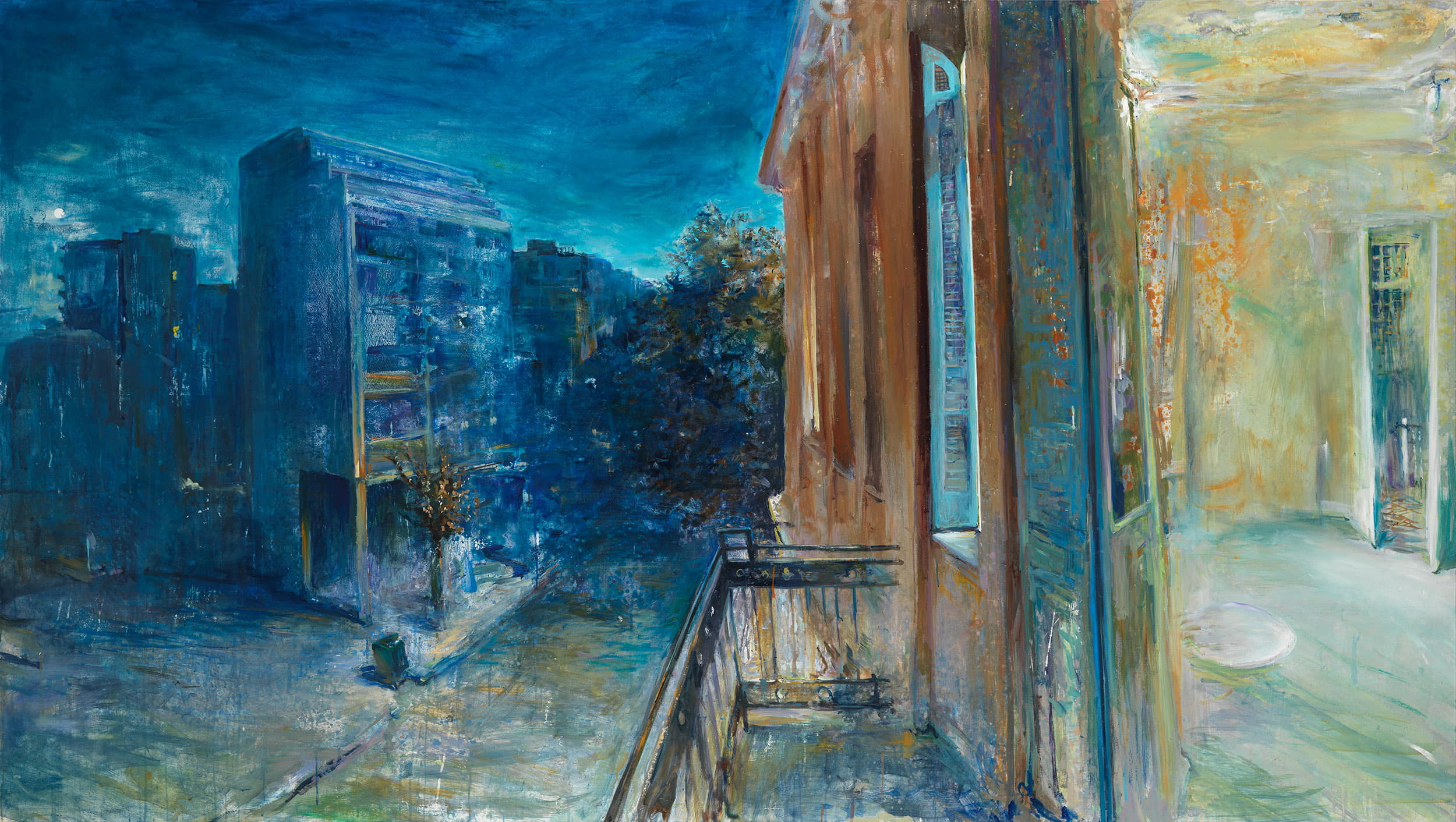
The participating artists in alphabetical order are: Stelios Gavalas, Stratigoula Giannikopoulou, Andreas Devetzis, Christina Douzeni, Katerina Zafeiropoulou, Ioanna Kazaki, Elias Kafouros, Calliopi Lemos, Filippina Livitsanou, Konstantinos Massos, Ismeni Bonatsou, Christos Pallantzas, Vassilis Papanikolaou, Kostas Pappas, Andreas Sinopoulos, Chrysoula Skepetzi, Amalia Stavroulaki, Vicky Tsalamata, Kostas Christopoulos, Vicky Tsalamata.
Exhibition curator: Athena Schina, Art Historian & Theory of Culture (Athens University of Athens).
The opening of the exhibition will take place at the building of the P. & M. Kydonieos Foundation in Chora of Andros on Saturday 29 July 2023 at 8 p.m.
Duration of the exhibition:
Saturday 29 July to Sunday 1 October 2023
Days and hours of operation:
10.30 - 14.30 & 18.30 - 21.30 daily, except Tuesday.
P. & M. Kydonieos Foundation: Chora Andros, tel. 22820 24598



